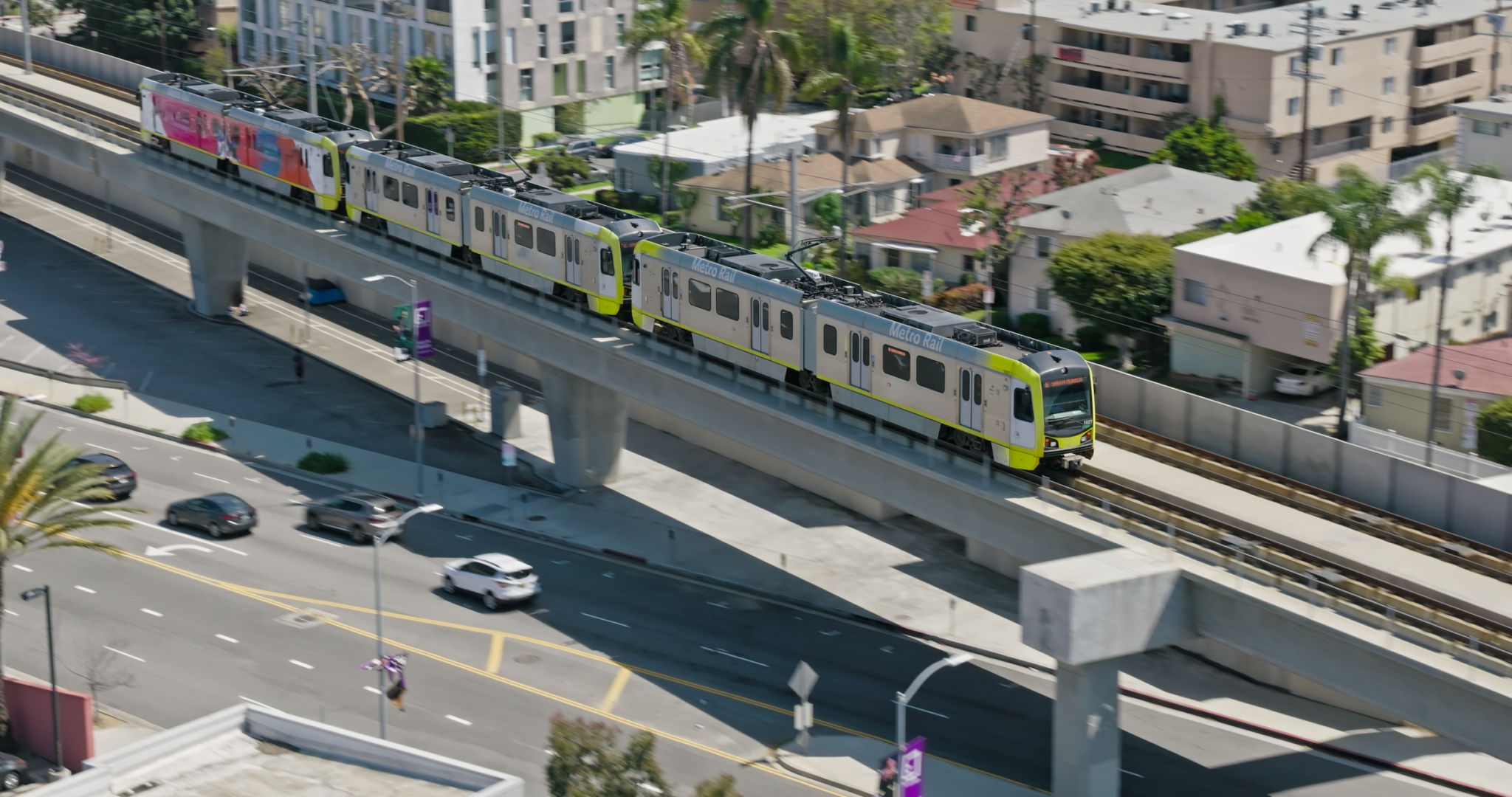Smart City Solutions for Local Governments: Lessons from Fulton County
Introduction to Smart City Solutions
As urban areas expand and technology continues to evolve, local governments are increasingly turning to smart city solutions to enhance the quality of life for their residents. These solutions integrate technology and data to optimize city operations, improve services, and engage citizens. Fulton County has been at the forefront of this movement, offering valuable lessons for other local governments looking to implement similar initiatives.

Understanding Smart City Infrastructure
At the core of any successful smart city initiative lies robust infrastructure. Fulton County's approach began with the development of a comprehensive broadband network, which serves as the backbone for various smart applications. This network facilitates real-time data collection and dissemination, enabling more efficient management of resources.
Moreover, smart sensors and IoT devices have been strategically deployed throughout the county, providing critical data on everything from traffic patterns to environmental conditions. This data not only helps in optimizing existing services but also drives innovation in areas such as public safety and environmental sustainability.
Civic Engagement Through Technology
One of the standout features of Fulton County's smart city strategy is its emphasis on citizen engagement. By leveraging mobile applications and online platforms, the county has made it easier for residents to interact with government services. These tools allow citizens to report issues, access important information, and participate in decision-making processes.

This focus on engagement has fostered a sense of community and transparency, encouraging residents to take an active role in shaping their environment. It also allows the government to gather valuable feedback, which can be used to further refine and improve services.
Improving Public Services
Smart city solutions have enabled Fulton County to significantly enhance public services. For example, intelligent transportation systems have been implemented to reduce congestion and improve traffic flow. Real-time public transit updates and smart traffic signals are just a few of the innovations that have been introduced.
- Real-time traffic management
- Optimized waste collection routes
- Enhanced public safety measures

Additionally, smart waste management solutions have been adopted to ensure that resources are used efficiently. By analyzing data from sensor-equipped bins, the county can optimize collection routes and reduce operational costs.
Challenges and Lessons Learned
While Fulton County's smart city initiatives have seen significant success, they have also encountered challenges. Implementation costs and concerns about data privacy are among the primary hurdles faced. However, the county has addressed these issues by securing partnerships with private sector stakeholders and ensuring transparency in its data practices.
Furthermore, ongoing community outreach and education have been critical in building trust and gaining public support for these initiatives. By being proactive in addressing concerns and continuously seeking improvement, Fulton County has set a strong example for other local governments.
Conclusion: A Model for Future Cities
Fulton County's experience with smart city solutions offers valuable insights for other local governments looking to embark on a similar journey. By prioritizing infrastructure development, citizen engagement, and service optimization, cities can create a more efficient, sustainable, and inclusive environment for their residents.
As technology continues to advance, the potential for smart city solutions will only grow. By learning from pioneers like Fulton County, local governments can position themselves at the forefront of this exciting evolution, ultimately enhancing the lives of their citizens.
